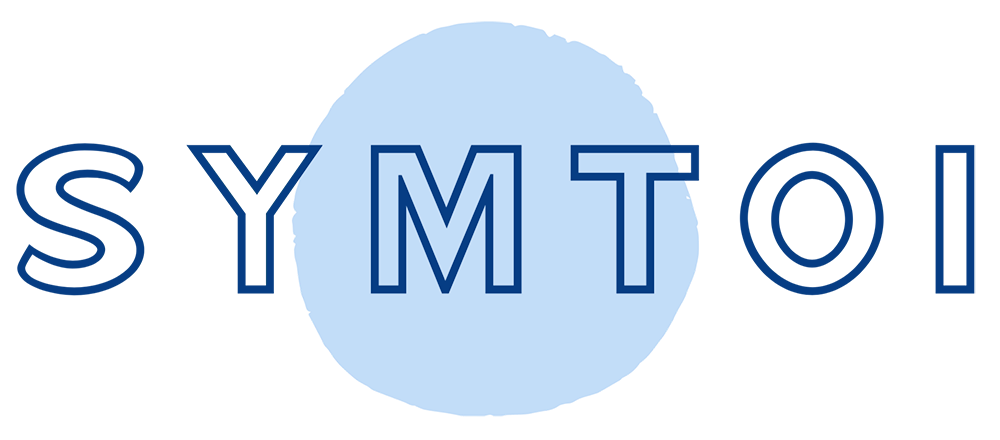
Hello there! Are you new to a role or project and are feeling a bit overwhelmed? Perhaps you’re looking for a way to streamline your processes and boost your confidence in your agile journey. Well, you’ve landed in the right place!
Introducing Our New Training Platform
We’re thrilled to unveil our new, innovative training platform, expertly designed to empower individuals like you. Our platform is structured to demystify the world of agile, no matter your role or project.
Why Choose Our Training Platform?
Ever found yourself stuck in a whirlwind of project management jargon? We’ve all been there. Or maybe you feel like you’re just not getting to grips with the agile approach. It can be tough, right? We understand that, which is why we’ve designed our platform to make the agile journey clearer, simpler, and more manageable for you.

Gain Confidence in Your Agile Journey
Our training platform aims to break down the complexities of agile methodologies, helping you to gain confidence in whichever area you’re working in. We believe in the power of learning and growing together. With our interactive platform, you’ll be able to connect with other learners, share experiences, and support each other through the agile journey. Sounds promising, doesn’t it?
Empowerment for Various Roles

Whether you’re a project manager, product owner, or a developer, our platform caters to all roles. Our comprehensive training materials cover everything from the basics of agile to more advanced aspects, giving you the confidence to navigate through your role with ease. Doesn’t that sound like something you’d want to be part of?
Time to Take Action
Imagine what you could achieve with a bit of guidance, support, and the right tools at your disposal. The ability to confidently navigate your role or project, the satisfaction of seeing your projects come to life, and the joy of being part of a thriving agile community. Can you picture it? We can, and we’re here to help make it a reality.
Now, the ball is in your court. Are you ready to empower yourself and embark on a transformative journey in the agile world? We believe in you, and we’re here to support you every step of the way. Let’s take this leap together!

Don’t wait. Sign up and start your agile journey with us today. Together, we’ll make great strides in the world of agile!
Remember, you’re not alone in this journey. We’re with you, ready to empower you to be the best that you can be. So, are you ready to start your journey to becoming a confident and empowered agile professional? Let’s do this, shall we?
Conclusion
We hope that our new training platform will help you feel more assured in your role and project. Our goal is to support you, inspire you, and help you navigate the agile world with confidence. So, are you ready to join us on this journey?
Remember, it’s not about the destination, it’s about the journey. And we’re here to make that journey as rewarding as possible for you.
Sign up today and let’s embark on this journey together. Because together, we can achieve anything. Welcome to the world of agile! Let’s get started. Happy learning! 🚀🌟

See you in the skill areas! 😉













 This article will outline the top digital skills that are needed in 2022, from Video Editing to Data Science.
This article will outline the top digital skills that are needed in 2022, from Video Editing to Data Science.














